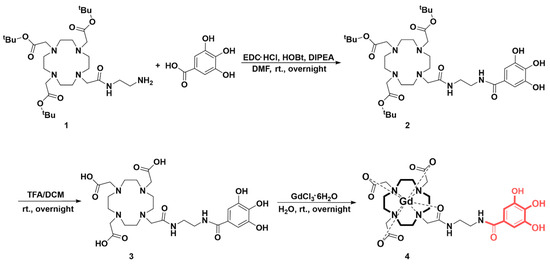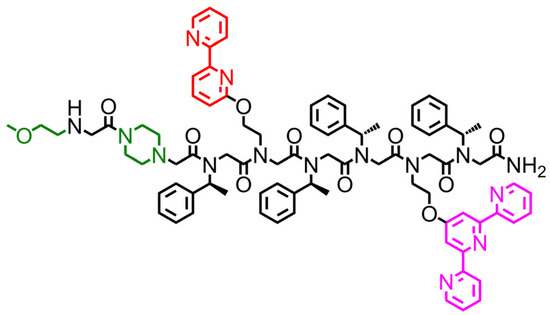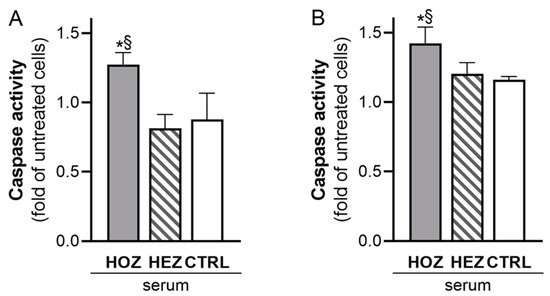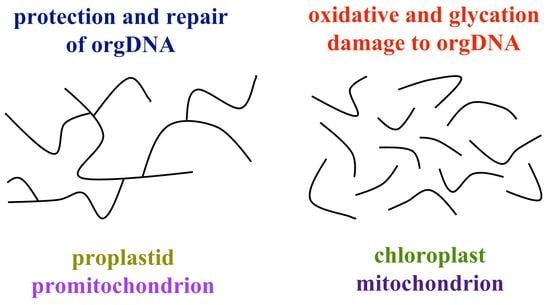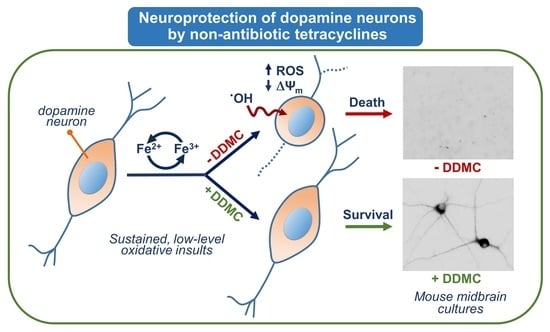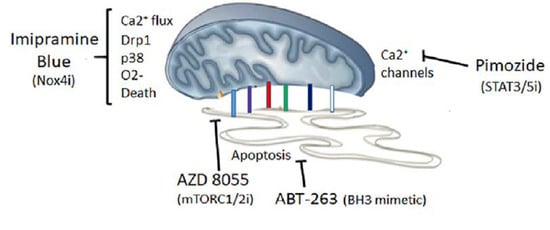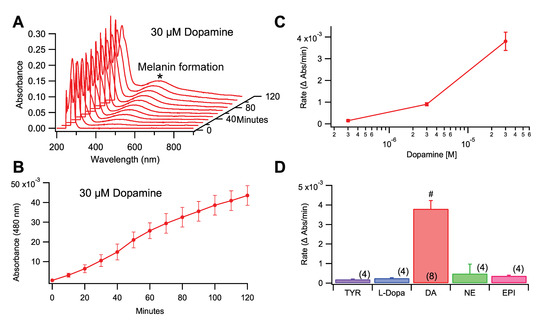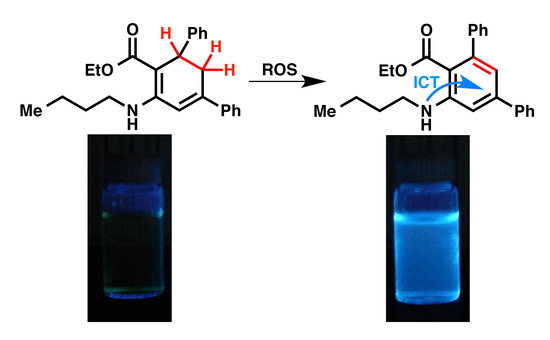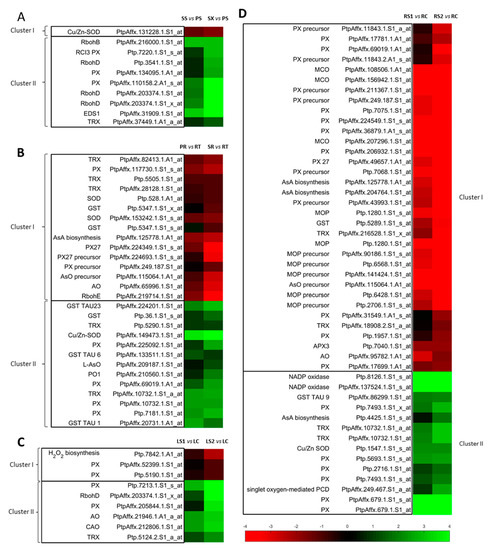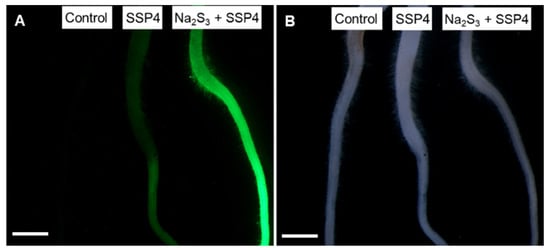Feature Papers in ROS, RNS, RSS
A topical collection in Antioxidants (ISSN 2076-3921). This collection belongs to the section "ROS, RNS and RSS".
Viewed by 31679Editor
Interests: bioorganic chemistry; catalytic sensor/effector agents; epistemology; intracellular diagnostics; nanotechnology; natural products; reactive sulfur and selenium species; redox regulation via the cellular thiolstat
Special Issues, Collections and Topics in MDPI journals
Topical Collection Information
Dear Colleagues,
The last decade has witnessed a rising interest in the field of “reactive species”, i.e., small molecule compounds which react readily with biomolecules and hence result in wider biochemical responses, from the inhibition of proteins and enzymes to cellular sensing and signalling, responses and control. Among the most reactive species identified so far, reactive oxygen species (ROS), reactive nitrogen species (RNS) and reactive sulfur species (RSS) take centre stage. Since ROS, RNS and RSS often interact with each other, they also impact cellular systems together, and it is worth considering these species together.
This Topical Collection will therefore address the latest developments in the field of reactive species, from their formation and physicochemical properties to their biological activity and analysis. A particular focus will reside on reactive species and health, an issue becoming increasingly important in modern societies affected by considerable demographic changes.
- Topics covered in this collection include, among others:
- Reactive oxygen species
- Reactive nitrogen species
- Reactive sulfur species
- Formation of reactive species in biology
- Detection and analysis of reactive species
- Cellular redox signalling
- Cell damage and repair
- Environmental pollution and reactive species
- Reactive species in ageing
- Nutrition and antioxidants
- Reactive species based on other elements
- Cosmetics
Prof. Dr. Claus Jacob
Collection Editor
Manuscript Submission Information
Manuscripts should be submitted online at www.mdpi.com by registering and logging in to this website. Once you are registered, click here to go to the submission form. Manuscripts can be submitted until the deadline. All submissions that pass pre-check are peer-reviewed. Accepted papers will be published continuously in the journal (as soon as accepted) and will be listed together on the collection website. Research articles, review articles as well as short communications are invited. For planned papers, a title and short abstract (about 100 words) can be sent to the Editorial Office for announcement on this website.
Submitted manuscripts should not have been published previously, nor be under consideration for publication elsewhere (except conference proceedings papers). All manuscripts are thoroughly refereed through a single-blind peer-review process. A guide for authors and other relevant information for submission of manuscripts is available on the Instructions for Authors page. Antioxidants is an international peer-reviewed open access monthly journal published by MDPI.
Please visit the Instructions for Authors page before submitting a manuscript. The Article Processing Charge (APC) for publication in this open access journal is 2900 CHF (Swiss Francs). Submitted papers should be well formatted and use good English. Authors may use MDPI's English editing service prior to publication or during author revisions.
Keywords
- reactive oxygen species
- reactive nitrogen species
- reactive sulfur species
- reactive species
- ROS
- RNS
- RSS
- redox signalling






